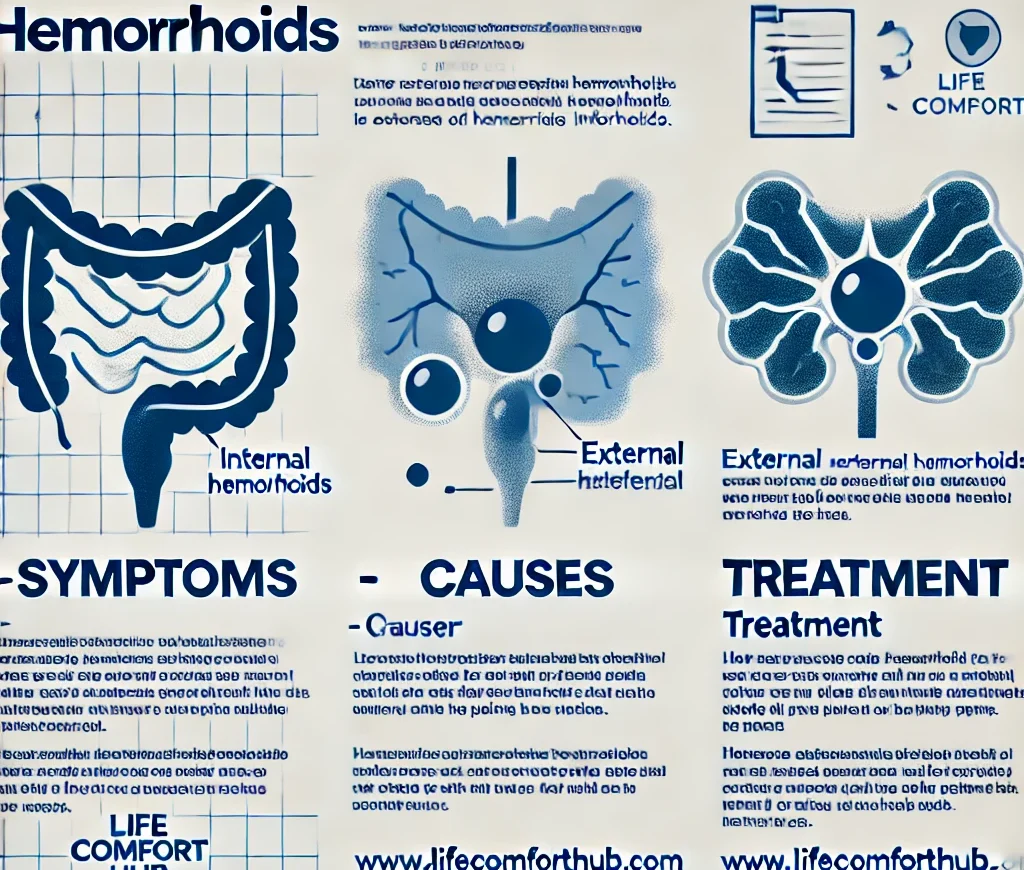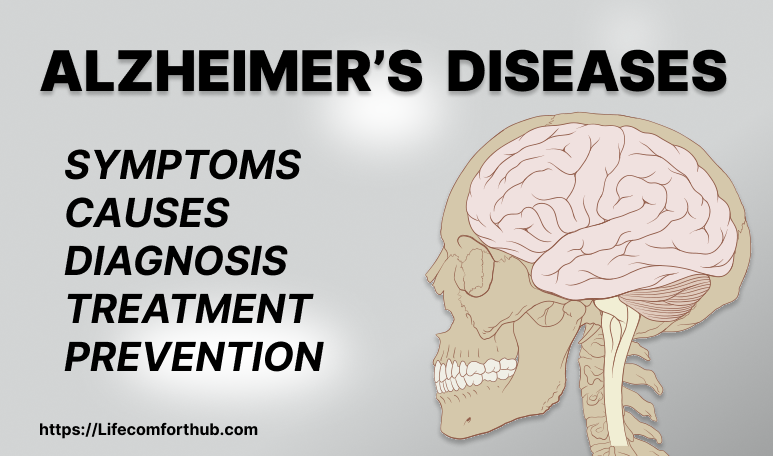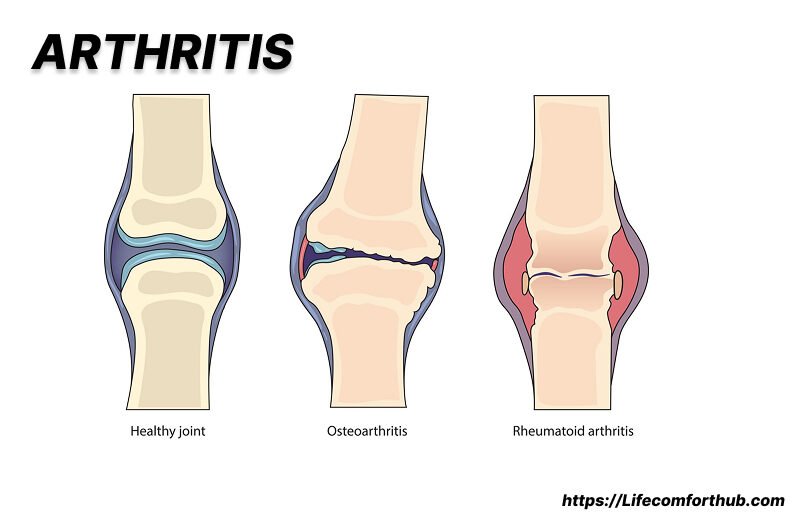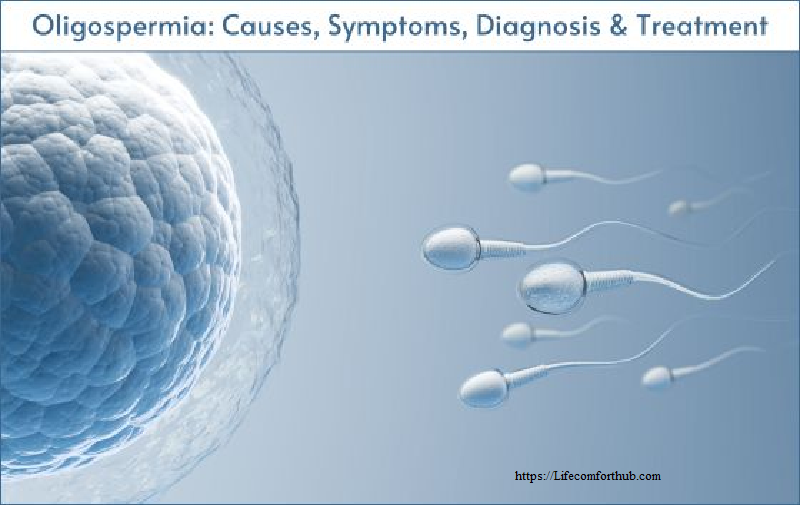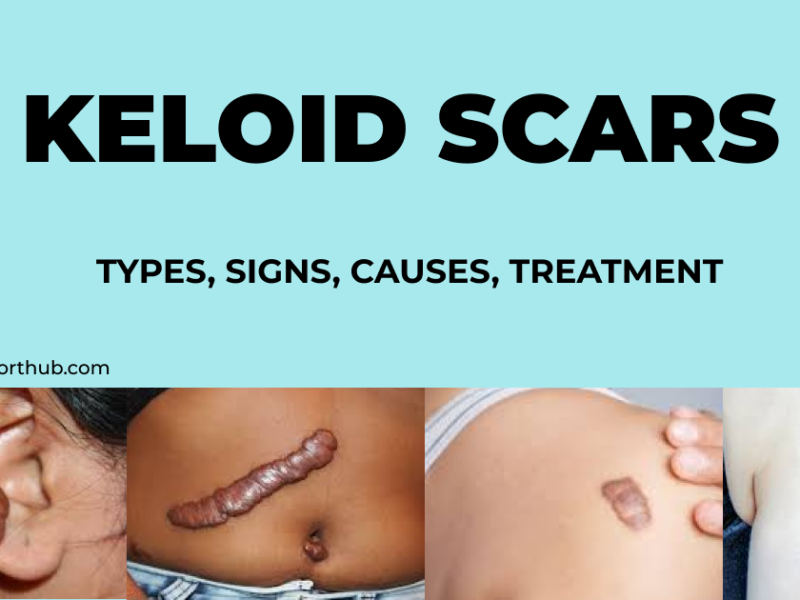Introduction To Hemorrhoids
Hemorrhoids, also known as piles, are swollen veins located in and around the anus and lower rectum. They’re remarkably common and about 50% of adults experience symptoms of piles by the time they reach 50. While piles are a natural part of our anatomy, they behave just like Hernia and go unnoticed unless they become enlarged or inflamed, leading to uncomfortable and sometimes painful symptoms.
Hemorrhoids can develop internally, inside the rectum and are very troublesome.
Though pile can be irritating and even painful, they’re treatable. Many people find relief with home remedies and lifestyle adjustments, but more persistent cases may require medical intervention. Understanding the causes, symptoms, and available treatments can help you manage this condition effectively and improve your overall comfort and quality of life.
Types Of Hemorrhoids?
They are vascular structures in the anal canal that help with stool control. pibecome problematic when swollen or inflamed, leading to symptoms that may require attention. they are broadly categorized into two types:
-
Internal Hemorrhoids: Located inside the rectum, these are typically painless but may cause bleeding during bowel movements.
-
External Hemorrhoids: Found under the skin around the anus, these can be itchy or painful and may sometimes bleed.
-
Prolapsed Hemorrhoids: Both internal and external pile can protrude, meaning they extend and push out from the anus. These prolapsed pile may cause discomfort, pain, or bleeding.
Occasionally, both internal and external pile can prolapse, meaning they stretch and bulge outside the anus, leading to increased discomfort.
Know that a lot anybody can get pile, especially those living with the following conditions or those that engage in the following activities:
- if you are obese.
- If you are pregnant.
- If you are low on fiber.
- If you have chronic constipation or diarrhea.
- If you are a heavy weight lifter or you regularly lift heavy objects.
- If you spend a lot of time sitting on the toilet.
Symptoms of Hemorrhoids
The symptoms vary depending on the type of pile:
-
Internal Hemorrhoids:
-
Painless bleeding during bowel movements.
-
Prolapse that may cause discomfort.
-
-
External Hemorrhoids:
-
Itching or irritation in the anal region.
-
Pain or discomfort.
-
Lumps or swelling around the anus.
-
Bleeding.
-
- Thrombosed hemorrhoids
Thrombosed pile, where blood pools and forms a clot, called a thrombus and can cause
- severe pain
- swelling
- inflammation
- a hard lump near the anus.
Causes of Hemorrhoids
Increased pressure in the lower rectum can affect blood flow and make the veins in the anal area swell. Common factors contributing to this pressure include:
Straining during bowel movements.
-
Sitting in a particular place for a very long time, especially on the toilet.
-
Being a victim chronic constipation or diarrhea.
-
Obesity.
-
Pregnancy.
-
Low-fiber diets.
-
Regular heavy lifting.
-
straining during a defecation.
-
Being an adult over the age of 50.
- Having an anal sex, which normally aggravates the pile.
These factors can lead to the development of hemorrhoids by increasing pressure on the veins in the anal and rectal areas.
Diagnosis of Pile
A healthcare provider can diagnose piles through:
-
Physical Examination: Inspecting the anal area for external piles.
-
Digital Rectal Exam (DRE): Inserting a gloved, lubricated finger into the rectum to check for abnormalities.
-
Anoscope: Using a small, lighted tube to inspect the anal canal.
For a comprehensive evaluation, especially if there’s bleeding, additional procedures like sigmoidoscopy or colonoscopy may be recommended to rule out other conditions.
Treatment of Hemorrhoids
Treatment depends on the severity of symptoms:
-
Home Remedies:
-
Eating high-fiber foods to soften stool.
-
Using topical treatments like over-the-counter pile creams or suppositories.
-
Soaking in warm baths (sits baths) to relieve discomfort.
-
Taking oral pain relievers for mild pain.
-
-
Minimally Invasive Procedures:
-
Rubber Band Ligation: Placing a small band around the base of the pile to cut off its blood supply.
-
Sclerotherapy: Injecting a solution to shrink the hemorrhoid.
-
Coagulation Techniques: Using laser or infrared light to harden and shrivel internal pile.
-
-
Surgical Options:
-
Hemorrhoidectomy: Surgical removal of excessive tissue causing bleeding.
-
Hemorrhoid Stapling: Blocking blood flow to hemorrhoidal tissue.
-
Most pile symptoms improve with home treatments, but persistent or severe cases may require medical interventions.
Prevention of Hemorrhoids
To reduce the risk of developing hemorrhoids:
-
Consume a high-fiber diet with fruits, vegetables, and whole grains.
-
Drinking at least 6 to 8 glasses of water and other liquids each day to help keep stools soft.
-
Avoid taking alcohol.
- Don’t strain when trying to defecate.
-
Exercise regularly to prevent constipation.
-
Avoid prolonged sitting, especially on the toilet
-
Go to the bathroom as soon as you feel the urge.
-
Consume supplements.
Implementing these lifestyle changes can help prevent it and alleviate symptoms.
When to Seek Medical Attention
Consult a healthcare provider if you experience:
-
Severe pain or excessive bleeding.
-
Symptoms that persist despite home treatment.
-
Significant changes in bowel habits.
However, Prompt medical evaluation ensures appropriate treatment and rules out more serious conditions.
Understanding hemorrhoids and adopting preventive measures can significantly reduce discomfort and improve quality of life.
Sources
- Hemorrhoids: Signs, Diagnosis, and Treatment – https://www.healthline.com/health/hemorrhoids#symptoms
- Hemorrhoids – Symptoms and causes – Mayo Clinic -https://www.mayoclinic.org/diseases-conditions/hemorrhoids/symptoms-causes/syc-20360268#:~:text=Hemorrhoids%20are%20swollen%20veins%20in,the%20anus%20and%20lower%20rectum.
- Hemorrhoids Treatment, Symptoms, Causes & Prevention – https://my.clevelandclinic.org/health/diseases/15120-hemorrhoids
